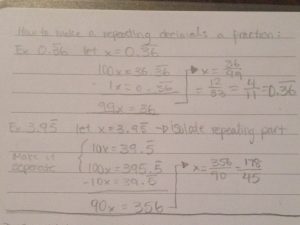How to Estimate the amount of Water in the Lake
Since we already know the surface area of the lake (9.94 km², as provided by Wikipedia), we can use the average depth of the lake to estimate the amount of water that the lake holds:
SA= 9.94 km²
Average Depth= 119m
9.94 km² =  = 9940000 m²
= 9940000 m²
9940000 m² • 119 m = 1 182 860 000 m³
This shows that the volume on the lake is around 1 182 860 000 m³. We know that one cubed meter of fresh water at 4°C is 1000 kg. Considering the lake’s high altitudes, we can assume that the water’s pretty cold. Since there is 1 182 860 000 m³ of water in the lake, we multiply it by 1000 kg.
1 182 860 000 • 1000 kg = 1 182 860 000 000 kg of water.
Since 1 L of water is equal to 1 kg of water,this shows that there is roughly 1 182 860 000 000 L of water in Garibaldi Lake.
What would happen if the Barrier faulted?
I think that if the barrier were to break down, the water (theoretically) will flow out. The results of the water coming out, may be similar to what happened at the Hope Slide (but on a grander scale). The highway below would be washed out and the amount of water may also flood out in the valley. It would definitely affect the provincial parks in the area and Squamish. Depending on how much water flows down south than flows up north after it washes up against Cloudburst Mountain, the water from Garibaldi Lake could reach Howe Sound and even effect the lower regions of Whistler. The water that also washes up against Cloudburst Mountain can possibly take out parts of the rock, reforming the mountain completely from it’s previous state.
Sources
“The Barrier.” Edited by Volcanguy, Wikipedia, Wikimedia Foundation, 11 Oct. 2017, en.wikipedia.org/wiki/The_Barrier.
Enns, Andrew. “Garibaldi Lake.” Wikipedia, Wikimedia Foundation, 9 Oct. 2017, en.wikipedia.org/wiki/Garibaldi_Lake.
DigitalGlobe. “Garibaldi Lake.” Google Maps, Google, 2017, www.google.ca/maps/place/Garibaldi+Lake/@49.8779355,-123.2091781,16868m/data=!3m1!1e3!4m5!3m4!1s0x54871de627a17cc9:0x913f7329f4571920!8m2!3d49.9366437!4d-123.0272101.
Miller, Derek K. “Aerial Photos of the Hope Slide, Hope, B.C.” The Hope Slide – Hope-Princeton Highway #3, British Columbia – Aerial Photos, Penmachine.com, 12 Aug. 2004, www.penmachine.com/photoessays/2004_08_aerial2/hopeslide.html.








